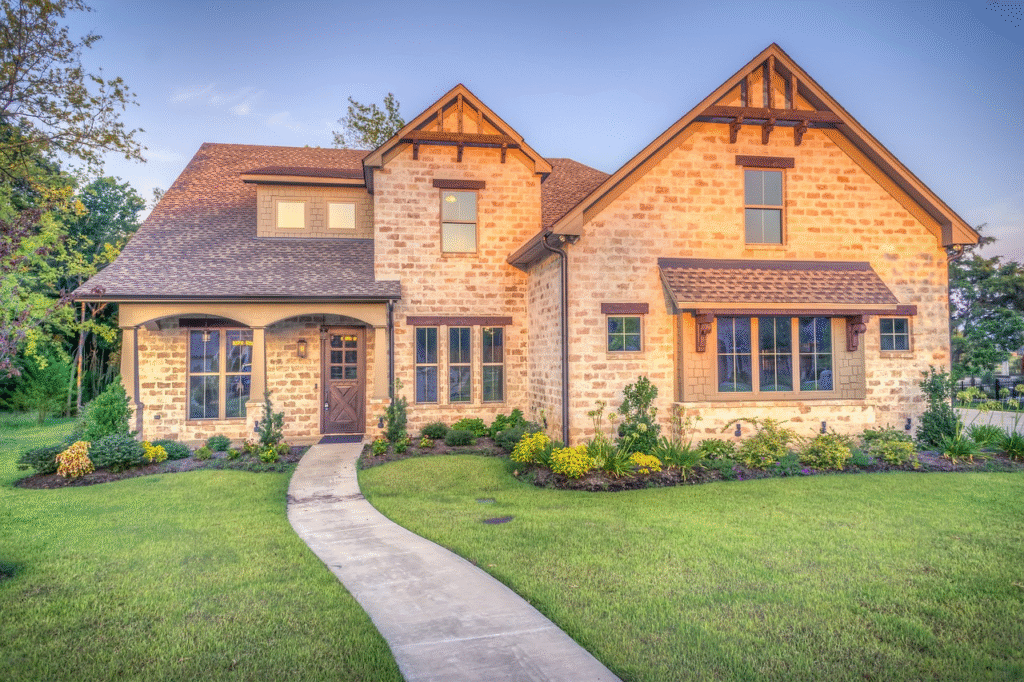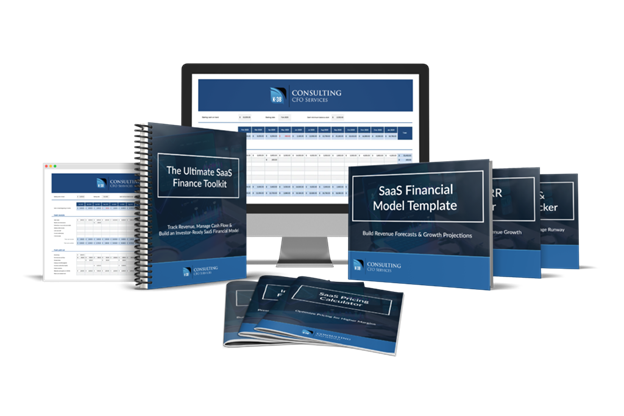Creating a home or building that stands the test of time starts with selecting the right materials for the exterior. Whether you’re constructing a new property or renovating an existing one, the materials you choose impact not just the aesthetic appeal but also the durability, energy efficiency, and long-term maintenance needs. This guide explores how to choose the best materials for a strong, visually appealing exterior that can handle various environmental elements.
Understanding the Importance of Exterior Material Selection
Your home’s exterior serves multiple functions beyond just curb appeal. It acts as the first barrier against weather, temperature changes, pests, and more. Therefore, durability is just as important as appearance. Selecting the appropriate exterior materials ensures long-term protection, reduces future repair costs, and helps maintain property value. Also, the right materials influence insulation, soundproofing, and energy efficiency, ultimately affecting your indoor comfort and utility bills.
Factors to Consider When Choosing Exterior Materials
Climate and Weather Conditions
One of the most crucial factors to consider is your local climate. Harsh winters, heavy rain, high humidity, and intense sunlight can all affect material performance. For example, wood may not be suitable for highly humid areas unless treated, while metal can expand and contract in hot climates. Consider materials with proven resistance to weather extremes common in your region.
Aesthetic Goals
The exterior is the first thing people notice about your home or building. Do you want a rustic, modern, traditional, or minimalist look? Each material has its unique texture, color range, and visual impact. For example, brick offers a classic and timeless appearance, while fiber cement siding can mimic wood, stucco, or stone but with improved durability.
Maintenance Requirements
Some materials require frequent upkeep to maintain their appearance and performance. Wood, while beautiful, needs regular sealing or staining. On the other hand, vinyl or fiber cement offers low-maintenance alternatives. Be realistic about how much time and money you’re willing to invest in maintaining your exterior.
Cost and Budget
Initial costs vary widely among exterior materials. While some options like vinyl siding are budget-friendly, others such as natural stone or brick can be more expensive. However, don’t forget to consider long-term value. Cheaper materials might incur higher maintenance and replacement costs over time, while durable options may offer better ROI through energy efficiency and longevity.
Sustainability and Environmental Impact
With growing environmental awareness, many homeowners seek eco-friendly exterior materials. Recyclable, sustainably sourced, and energy-efficient materials can help reduce your carbon footprint. Products like reclaimed wood, recycled metal, or fiber cement are excellent for combining sustainability with performance.
Popular Exterior Materials and Their Pros and Cons
Brick
Pros:
- Excellent durability and fire resistance
- Minimal maintenance required
- Timeless and classic appearance
Cons:
- Expensive to install
- Limited design flexibility
- Heavier structural load
Fiber Cement
Pros:
- Resembles wood, stucco, or masonry
- Resistant to termites, moisture, and fire
- Low maintenance
Cons:
- Higher initial cost than vinyl
- Requires professional installation due to weight
Vinyl Siding
Pros:
- Affordable and widely available
- Low maintenance
- Multiple styles and colors
Cons:
- Less durable in extreme temperatures
- Can fade or crack over time
Wood
Pros:
- Warm, natural aesthetic
- Renewable and eco-friendly
- Can be painted or stained any color
Cons:
- Requires regular maintenance (sealing, painting)
- Vulnerable to moisture and pests
Stucco
Pros:
- Excellent insulator
- Durable in dry climates
- Versatile textures and finishes
Cons:
- Not ideal for wet or humid environments
- Can crack if foundation shifts
Stone and Stone Veneer
Pros:
- Luxurious and timeless look
- Highly durable and fire resistant
- Adds significant property value
Cons:
- High cost
- Heavy and labor-intensive installation
Metal (Steel or Aluminum)
Pros:
- Modern aesthetic
- Fireproof and pest-resistant
- Durable in most climates
Cons:
- Prone to dents and scratches
- Can rust if not treated properly
Combining Materials for Aesthetic and Functional Balance
Mixing materials can create visual interest while improving performance. For instance, a home might feature stone around the foundation, wood or fiber cement on the walls, and metal accents on the roof or window frames. This approach allows homeowners to highlight architectural features and achieve a more customized look.
When combining materials:
- Ensure color coordination for visual harmony
- Use durable materials where exposure to weather is highest
- Avoid clashing textures unless intentionally designed for contrast
Innovations in Exterior Materials
Modern building technology has introduced composite materials that blend the benefits of traditional ones. Engineered wood, for example, offers the warmth of natural timber with added resistance to moisture and pests. Likewise, insulated vinyl siding adds a layer of foam backing that improves energy efficiency. These innovations aim to solve common issues like maintenance and insulation while providing appealing finishes.
Another trend is the use of smart exterior cladding systems that integrate solar panels, ventilation, and insulation. Although these are higher in cost, they contribute significantly to sustainability goals and long-term savings.
Tips for Choosing the Right Exterior for Your Project
Assess Local Building Codes
Always check your local building codes and homeowner association rules. Certain materials or colors might be restricted in some neighborhoods or historical districts.
Work with a Professional
A builder or architect can provide valuable input based on experience and understanding of material performance. They can also help align your design preferences with practical considerations.
Think Long-Term
Choose materials not only for their current appeal but also for how they’ll age. Fading, warping, and cracking can reduce curb appeal and require costly repairs. Aim for timeless aesthetics and proven durability.
Get Samples
Always ask for physical samples of siding, stone, or other materials. Seeing and feeling the texture in person helps make informed decisions that render better results once installed.
Conclusion
Choosing the right materials for a durable and attractive exterior requires a careful balance between form, function, budget, and climate. Each material offers its own set of advantages and trade-offs, so understanding your priorities—whether it’s low maintenance, visual appeal, environmental impact, or long-term performance—is key.















